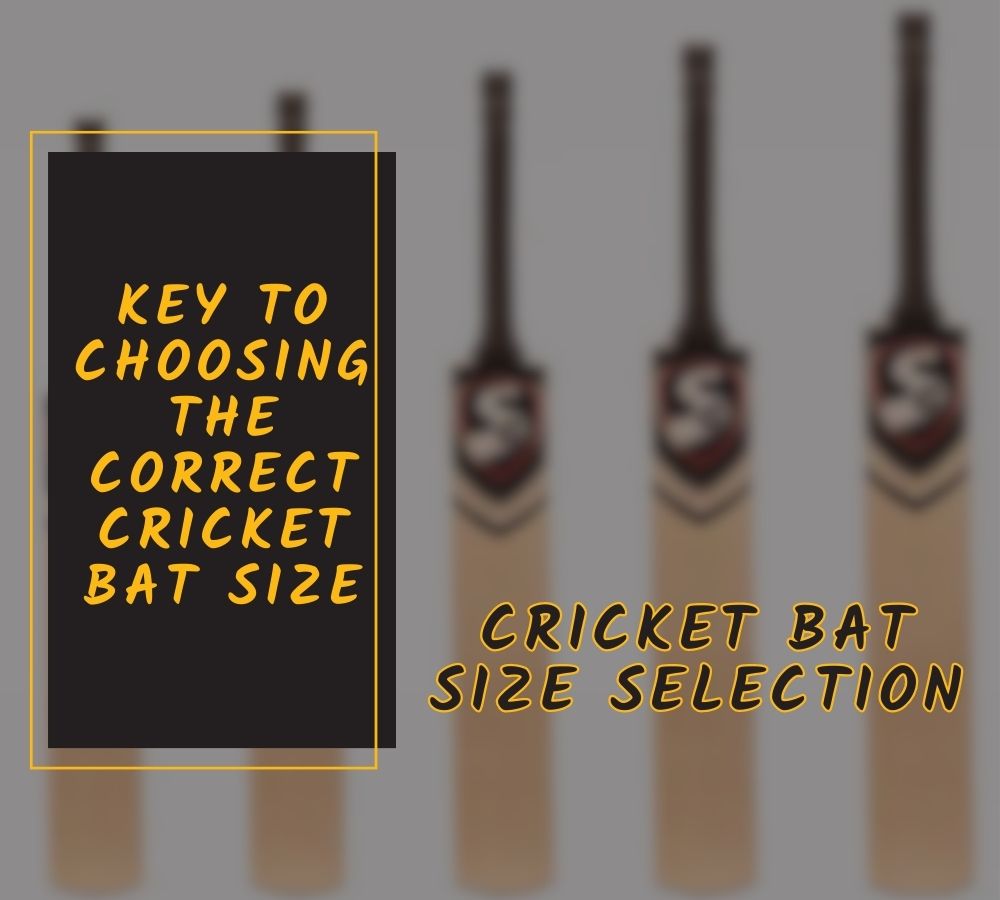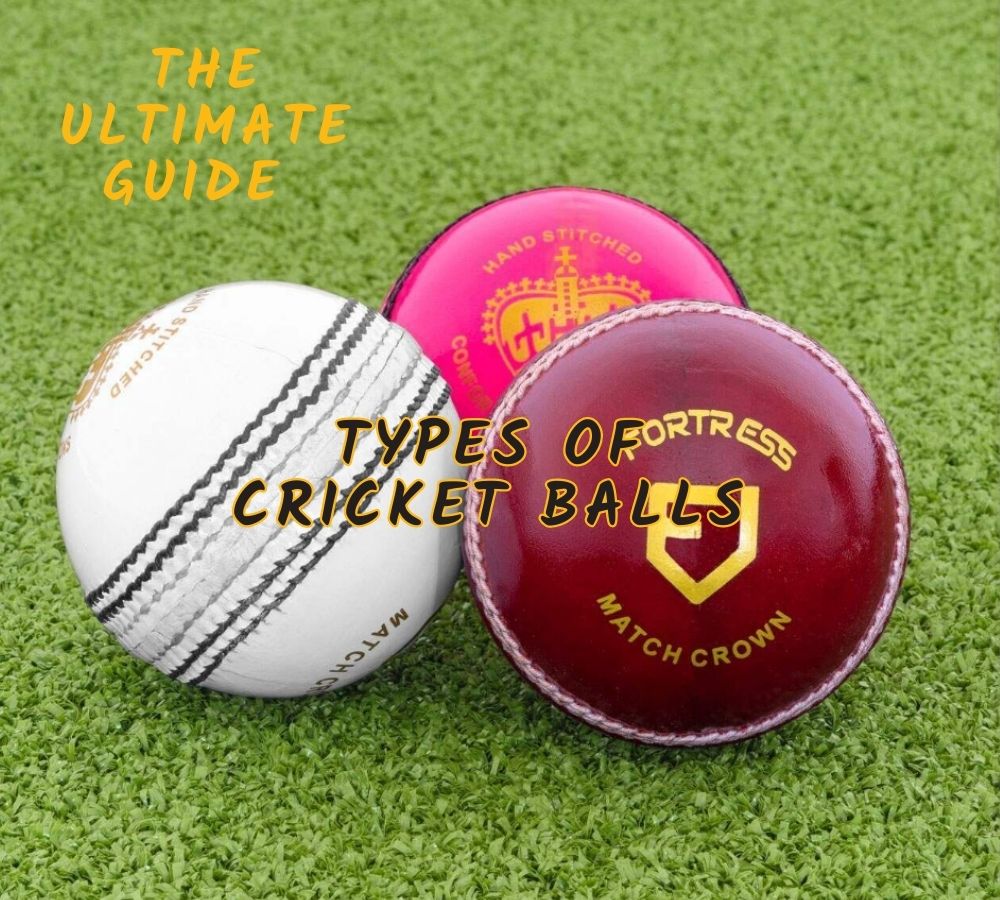Amidst the excitement of fierce competition between bat and ball, one crucial factor significantly impacts the dynamics of the game—the cricket pitch.
The cricket pitch acts as the canvas upon which players orchestrate their strategies, each type presenting its unique challenges and opportunities.
Understanding the different types of cricket pitches is crucial for players, coaches, and fans alike. It determines the strategies, techniques, and playing styles adopted by teams, as well as the excitement and unpredictability of the game.
In this article, we embark on a journey to uncover the captivating world of cricket pitches. From dusty subcontinental tracks to lush, green English wickets, we will explore the characteristics, influences, and nuances that make each pitch type distinct.
Different Types of Cricket Pitches
Overall, six different types of cricket pitches vary based on several factors. We have explained them below for your reference.
I. Green Pitch:
A green pitch refers to a cricket surface with a substantial grass covering, often freshly cut. This pitch type is common in countries like England, New Zealand, and South Africa, where the climate favors grass growth. Key characteristics of a green pitch include:
Grass Coverage: The pitch has a visible layer of green grass, which can vary in density and length. The grass covering aids fast bowlers as the ball tends to grip and seam off the surface.
Moisture Content: Green pitches usually retain moisture due to the grass cover. This moisture, combined with the grass, helps the ball to seam and swing, making it challenging for batsmen to predict the movement.
Pace and Bounce: The ball tends to come onto the bat faster on a green pitch, resulting in increased pace and bounce. It can favor fast bowlers who can generate extra bounce and intimidate batsmen.
II. Flat Track Pitch:
A flat track pitch, as the name suggests, refers to a playing surface lacking significant variations in grass cover or soil conditions. Key features of a flat track pitch include:
Minimal Grass Cover: The pitch usually has a sparse or limited grass covering, providing a relatively even surface for both batsmen and bowlers.
Consistent Bounce: On a flat track, the ball bounces predictably, allowing batsmen to play shots confidently. Bowlers may find extracting substantial movement or variations off the pitch challenging.
Batting-Friendly Conditions: A flat track often offers good batting conditions, as the ball comes onto the bat smoothly and evenly. It allows batsmen to play their shots freely, leading to high-scoring matches.
III. Dry Pitch:
A dry pitch is characterized by a lack of moisture content, making the surface hard and cracked. These pitches are commonly found in regions with arid or desert-like climates. Key aspects of a dry pitch include:
Lack of Grass Cover: Dry pitches typically have little to no grass covering due to arid conditions or insufficient watering. The absence of grass affects the ball’s pace, bounce, and movement.
Cracks and Dust: As the pitch dries out, cracks start to appear, causing unevenness in the surface. The ball can grip the cracks, resulting in unpredictable bounce and spin. Dry pitches often generate significant amounts of dust when disturbed.
Favorable for Spinners: The dry and cracked surface on a dry pitch provides favorable conditions for spin bowlers. They can exploit the cracks and rough areas to generate turns, making it challenging for batsmen to score freely.
IV. Dead Pitch:
A dead pitch is a term used to describe a pitch that offers little assistance to either batsmen or bowlers. It typically lacks pace, bounce, or significant turn. Key characteristics of a dead pitch include:
Even Surface: A dead pitch often has an even, unresponsive surface with minimal deviation or irregularities. The ball tends to come onto the bat at a predictable pace and bounce, making it easier for batsmen to play their shots.
Limited Movement: Bowlers may find it challenging to extract significant movement off the pitch, resulting in a lack of assistance for both pace and spin bowlers. It can lead to longer, high-scoring matches with minimal wicket-taking opportunities.
Neutral Conditions: A dead pitch generally provides a balanced contest between bat and ball, allowing batsmen to accumulate runs without excessive risk, while bowlers need to rely on their accuracy and variations to create opportunities.
V. Dusty Pitch:
A dusty pitch refers to a surface with a dry and loose top layer composed of fine dust particles. It is commonly found in subcontinental regions such as India, Pakistan, and Sri Lanka. Key characteristics of a dusty pitch include:
Loose Top Layer: The top layer of the pitch is usually dry and crumbles easily, releasing dust particles when the ball hits the surface or is bowled into it.
Uneven Bounce: Dusty pitches can deteriorate quickly, creating uneven bounce and unpredictable variations. Bowlers who can exploit the rough areas and dust on the pitch can generate significant turns and bounce.
Challenges for Batsmen: Batsmen face difficulty playing shots confidently due to the uncertainty of bounce and the potential for the ball to turn sharply. It requires skill and adaptability to score runs effectively on a dusty pitch.
VI. Wet Pitch:
A wet pitch refers to a surface that has absorbed significant water due to rain or excessive watering. It is generally considered unsuitable for play due to its impact on the game. Key features of a wet pitch include:
High Moisture Content: A wet pitch retains significant water, making it soft and soggy. The ball sticks to the surface, resulting in reduced pace and bounce.
The difficulty for Bowlers: Wet pitches offer little assistance to bowlers, as the ball does not carry through to the wicketkeeper consistently, and movement off the pitch is minimal. It becomes challenging to generate pace or swing.
Unsafe Playing Conditions: Wet pitches pose safety concerns for players, as they can become slippery and increase the risk of injury. The game is often delayed or abandoned if the pitch is deemed unfit for play.
Overall, the different types of cricket pitches offer unique challenges and opportunities for players. Understanding their characteristics and adapting to their conditions is crucial for teams to succeed in different playing environments.
Cricket Stadiums And Their Pitch Types
| Cricket Stadium | Best Suited For | Type of Pitch |
| Eden Gardens, Kolkata | Variable | Green Pitch |
| Wankhede Stadium, Mumbai | Batsman-friendly | Flat Track Pitch |
| M. Chinnaswamy Stadium, Bengaluru | Batsman-friendly | Flat Track Pitch |
| Feroz Shah Kotla Ground, Delhi | Variable | Green Pitch |
| MA Chidambaram Stadium, Chennai | Spin-friendly | Dry Pitch |
| Rajiv Gandhi International Cricket Stadium, Hyderabad | Batsman-friendly | Flat Track Pitch |
| PCA Stadium, Mohali | Batsman-friendly | Flat Track Pitch |
| Sardar Vallabhbhai Patel Stadium, Ahmedabad | Batsman-friendly | Flat Track Pitch |
| Brabourne Stadium, Mumbai | Batsman-friendly | Flat Track Pitch |
| Holkar Stadium, Indore | Batsman-friendly | Flat Track Pitch |
| Greenfield International Stadium, Thiruvananthapuram | Batsman-friendly | Flat Track Pitch |
| JSCA International Stadium Complex, Ranchi | Variable | Green Pitch |
| Sawai Mansingh Stadium, Jaipur | Batsman-friendly | Flat Track Pitch |
| Barabati Stadium, Cuttack | Batsman-friendly | Flat Track Pitch |
| Vidarbha Cricket Association Stadium, Nagpur | Batsman-friendly | Flat Track Pitch |
| Himachal Pradesh Cricket Association Stadium, Dharamshala | Batsman-friendly | Flat Track Pitch |
| M. A. Chidambaram Stadium, Chepauk, Chennai | Spin-friendly | Dusty Pitch |
| Nehru Stadium, Indore | Batsman-friendly | Flat Track Pitch |
| IS Bindra Stadium, Mohali | Batsman-friendly | Flat Track Pitch |
| Andhra Cricket Association Stadium, Vishakapatnam | Batsman-friendly | Flat Track Pitch |
Conclusion
Understanding the different types of cricket pitches is crucial for players, captains, and coaches to adapt their strategies and maximize their performance. Each type of pitch presents its unique challenges and opportunities, influencing the ball’s behavior and the game’s dynamics.
Adapting to the pitch conditions and utilizing its characteristics effectively can be a determining factor in the outcome of a match. A comprehensive understanding of different pitch types equips teams with the knowledge to navigate and succeed in various playing environments.
Ultimately, recognizing and adapting to the nuances of different types of cricket pitches is an essential skill for players and teams striving for success in the ever-evolving world of cricket.




